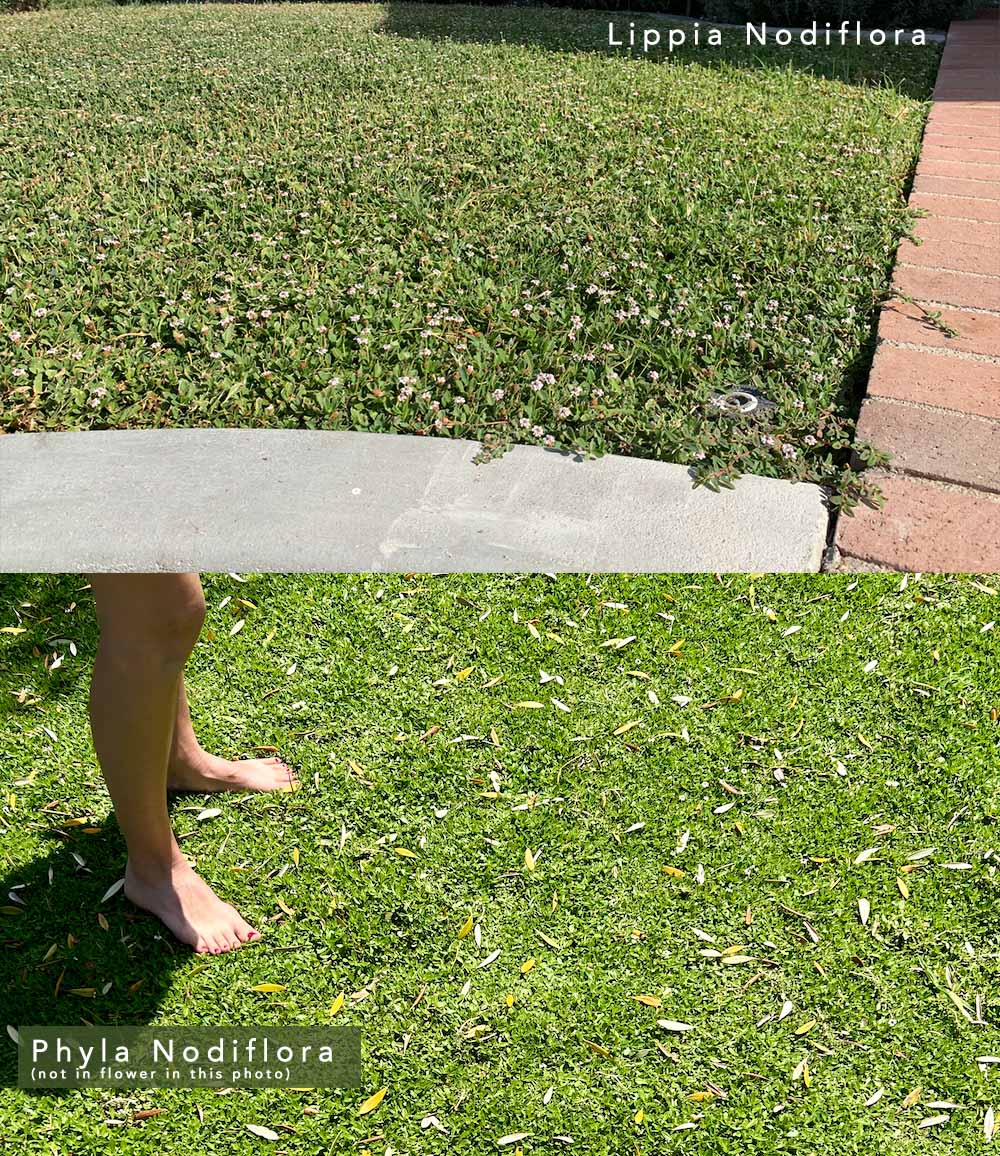California lawns have gone through a serious roller coaster ride in the last 10 years. In much of the state, conventional lawn grass wasn't able to survive the strict watering mandates of the summer and fall of 2021. Essential but aggressive restrictions that were laid down by drought-stricken water departments. Then killing of your old, outdated lawn became en vogue in a number of trendy Los Angeles and SF Bay area neighborhoods. But what should come next?
Here at California Wild Gardens, we are dedicated to the creation and development of great lawn replacement options. Like low-water plant packages that help repair habitat. But in some cases, you still need a lawn. Or at least something lawn-like that serves the needs of your kids, pets or lawn games. While native grasses (like Bentgrass and native Fescue) are slowly gaining their foothold, native ground cover lawn options are another great alternative to consider.
What are California's best ground cover lawn options?
Sterile Frogfruit (Phyla nodiflora) - charms bees, grows low and goes months without water in the cool season. It's a "weed" native to many coastal regions of the world that was hybridized in Japan to prevent aggressive spreading. This ground cover lawn is ideal for sun or part-shade, survives on 1x week watering and no winter water, can take a good amount of foot-traffic and is dog-friendly. It's a no-mow lawn alternative but, if the bee-attracting flowers are a concern, mowing once per month keeps them under control.
California Frogfruit (Lippia nodiflora) - the true California native ground cover parent plant of Phyla nodiflora this free-spirited lawn replacing plant goes by a lot of names inspired by its long runners (like 'turkey tangle foot', 'Frogfruit Verbena', 'Matchstick Plant', ). As a lawn in full sun it stays flat and causes no issues for tangling human feet. It's a succulent that's edible in small quantities so gopher prone properties may need to take extra precautions.
What's the difference between California's best ground cover lawn options?
Lippia nodiflora is the non-sterilized California native parent plant of Phyla nodiflora. Lippia is typically much cheaper when availability isn't an issue, a touch less verdant and a bit more clover-looking in its flower type than Phyla nodiflora. Because it readily sets and self-sows seed Lippia is more resilient than the Sterilized Frogfruit plant.
This is why it was originally discouraged from mass lawn replacement in the 1970's due to state legislature concerns about it taking over in unwanted ways in residential landscaping. Today this resilience is something we are in desperate need of as climatic shifts and water shortages continue to present challenges. State legislatures are no longer concerned with it's spread as this plant is excellent bee habitat and boasts exceptional water savings in comparison to conventional sod.

Photos of Lippia Nodiflora Lawn Alternative



^Before and After of Lippia nodiflora ground cover lawn installation
Photos of Phyla Nodiflora Lawn Alternative


 Where to buy no mow lawn alternative groundcover online
Where to buy no mow lawn alternative groundcover online
If you're looking to buy ground cover lawn at a fraction of the cost of other native options you can click here to contact us and get a quote setup for flats of Lippia nodiflora. This means you're not in a rush for full coverage lawn. You'll be dividing flats to establish the rapidly spreading ground cover.





1 comment